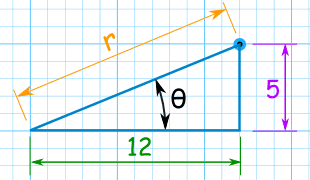I don't think the network will be able to do a good job at predicting the next FFT sample from all previous ones, but it might be worth trying. I think that WaveNet is quite specific to sequence prediction, considering the way we train/generate and the causality of the filter.
Edit: Thanks for pointing out that a spectrogram was meant. This makes more sense.

https://www.youtube.com/watch?v=NYDeH-knnAI
Is it worth trying with FFT/IFFT? Most audio signal processing involves FFT/IFFT so I think it is natural to process with frequency domain. What do you think about this approach?